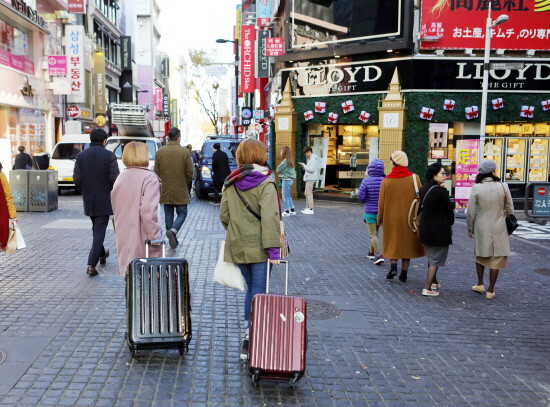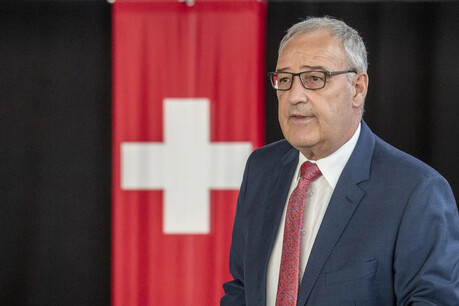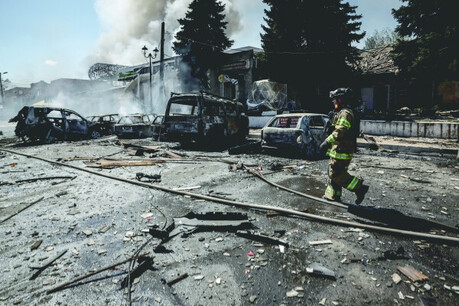
Seoul, July 29, 2025 – The number of foreign nationals residing in Korea for various purposes such as study, work, and tourism reached an all-time high of 2,732,797 as of the end of June this year. This represents a 1.5% (40,068 people) increase from the previous month, indicating the growing influence of foreigners on Korea's demographic composition and economic activities.
According to an announcement by the Ministry of Justice's Korea Immigration Service, among the total foreign residents, 1,559,975 are long-term residents (registered foreigners), and 552,419 are foreign nationals of Korean descent who have reported their domestic residence. Short-term foreign residents, including tourists, totaled 620,403. Notably, the number of foreign residents for tourism purposes surged by 29.6% compared to the previous month, significantly contributing to the overall increase in foreign nationals.
The number of foreign residents in Korea peaked at approximately 2.52 million in 2019, then saw a two-year decline during the COVID-19 pandemic, dropping to around 2.04 million in 2020 and 1.96 million in 2021. However, following the transition to endemic status, it recovered to approximately 2.51 million in 2023 and increased to around 2.65 million last year. This year, after reaching approximately 2.72 million in March, there was a temporary decline, but it achieved an all-time high again last month, continuing its upward trend.
Key Demographics of Foreign Residents
By nationality, Chinese nationals accounted for the largest proportion at 972,176, representing 35.6% of all foreign residents. This was followed by Vietnam (341,153), the United States (196,664), Thailand (173,710), and Uzbekistan (98,457).
Geographic and Age Distribution
Geographically, the majority of registered foreign residents were concentrated in the Seoul Metropolitan Area. This was followed by the Yeongnam region with 317,286 (20.3%), the Chungcheong region with 200,939 (12.9%), and the Honam region with 136,990 (8.8%).
By age group, those in their 30s (25.7%) and 20s (23.1%) comprised nearly half of all foreign residents, indicating a significant presence of young and middle-aged individuals actively engaged in economic activities. This suggests that foreign workers are making substantial contributions to alleviating labor shortages in the Korean economy.
Visa Types
Regarding visa types, Overseas Koreans (F-4) were the most common at 554,895, followed by Non-professional Employment (E-9) visa holders under the Employment Permit System, numbering 341,453. Other major visa types included Permanent Residency (F-5) with 214,036 and Study (D-2) with 191,297.
Implications for Korean Society
The increase in the number of foreign residents is expected to have positive impacts on Korean society, such as labor supply, economic revitalization, and the deepening of a multicultural society. Simultaneously, it highlights the importance of establishing policies related to foreigners, efforts for social integration, and addressing social challenges arising from the increase in a population with diverse cultural backgrounds. The government should establish systematic management and support measures for these individuals to create a beneficial social environment for both foreigners and Koreans.
[Copyright (c) Global Economic Times. All Rights Reserved.]






























